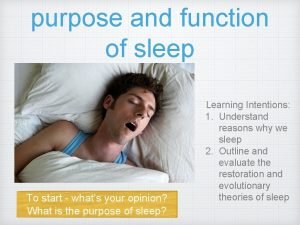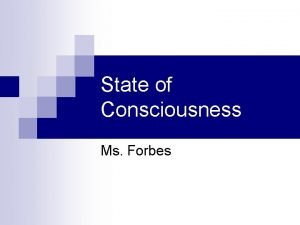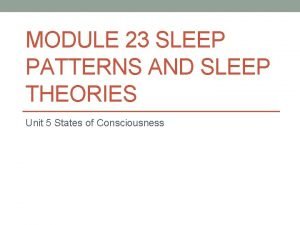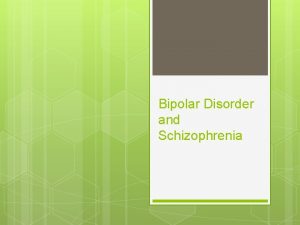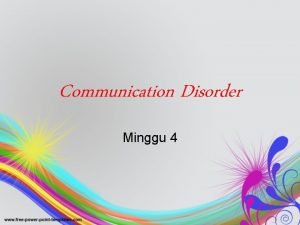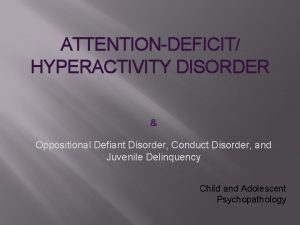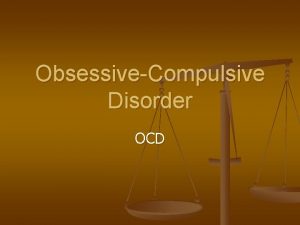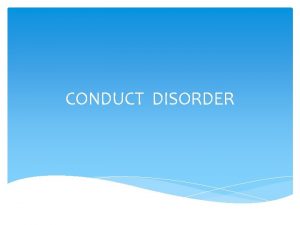Sleep Walking This is a sleep disorder characterized







- Slides: 7

Sleep Walking This is a sleep disorder characterized by walking or other activity while seemingly still asleep. The Latin name for it is somnambulism. Sleepwalking most often occurs during deep non. REM sleep (stage 3 or stage 4 sleep) early in the night.

Diathesis stress-model says there are predisposing factors and environmental causes causing sleepwalking. Sleep walking occurs in slow wave sleep in stage 4. This model states that there is a genetic predisposition to sleepwalking. There also environmental factors which effect sleepwalking such as drinking alcohol, sleep deprivation and fever.

Research Ohayan – researched a sample of 19136 individuals from 15 states of the U. S. The study showed that people with depression were 3. 5 times more likely to sleepwalk than those without depression. And as well as this people with alcohol or abuse/dependence or OCD were more likely to have sleep walking episodes. Hublin et al – Monozygotic (1045) and dizygotic (1899) twins were interviewed about their sleepwalking habits in childhood and adult hood. The study found that there was a link between genetics and sleepwalking.

Research Zadra et al investigated 40 participants and recorded sleepwalking for one baseline night and during recovery sleep after 25 hours of sleep deprivation. The results show that 32 episodes were recorded from 20 sleep walkers (50%) at baseline whereas recovery sleep resulted in 92 episodes being recorded from 36 patients (90%) Bassetti (2002) Claim to have isolated a specific gene that may be a high risk factor in sleepwalking. HLADQB 1*05 was found present in about 50% of sleepwalkers they tested. The same gene was only found in 25% of non sleepwalkers. Out of 75 participants 16 went under genetic testing and 8 were found to have the gene.

Research Evaluation Ohayan - He used a large sample. - It helps us to understand causes of sleepwalking. Hublin - Twin studies are useful to identify the importance of genetics.

Research Evaluation Bassetti (2002)-small sample size -as 25% of non-sleepwalkers has the gene it was not be the cause -not all sleepwalkers have the gene so there must be other factors -he doesn’t state it’s a cause, it only causes a risk

IDA Nature VS Nurture Nature: because it says that sleepwalking can be genetically predisposed in people. This is likely to be incomplete arousal – peoples genes predispose them to be in a state between sleep and wakefulness which causes them to sleepwalk. Nurture: because stress/ environmental factors eg. drinking, fever, sleep deprivation, and being a child lead to sleep walking. So what?



